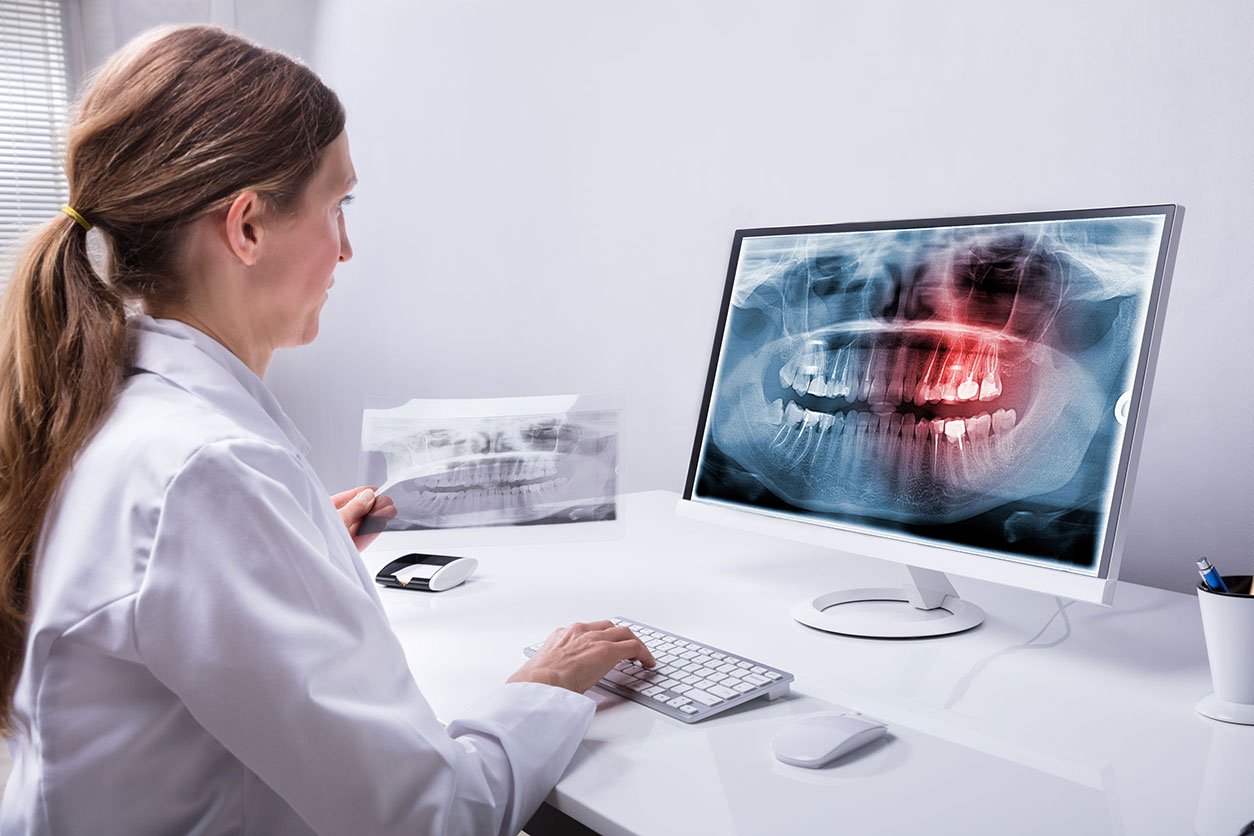
All about third molars
Extraction of wisdom teeth
The third molars, commonly called "wisdom teeth", appear as early as adolescence. Because they have less space in the dental arch than other teeth, they are at greater risk of complications. It is therefore sometimes necessary to have wisdom teeth extracted.
They may be either included: not visible in the oral cavity, covered by gum and bone or semi-included: partially visible.
Why and when to remove a wisdom tooth?
Wisdom teeth need to be extracted when they have no room to come out normally. Cases include pericoronitis: inflammation of the gum around the partially extracted tooth if there is bone loss or decay on the adjacent tooth. The following symptoms may be experienced: pain in the posterior region of the oral cavity swelling, presence of pus, decreased mouth opening, fever.
What are the precautions to take?
Follow some advice during the first few days to ensure that the post-operative period goes as smoothly as possible: do not smoke, do not spit and avoid mouthwash. Brush your teeth normally and do not eat or drink hot food or beverages. If your jaw is sore, opt for minced food.
Is a work stoppage prescribed?
Generally, there is no work stoppage after the intervention. However, the dentist may stop you for a few days if the procedure was difficult.
How often are the checks carried out?
One week to ten days after the operation, you are called for a check-up to ensure that the wounds are healing properly and to remove the stitches. Additional checks are sometimes necessary.


